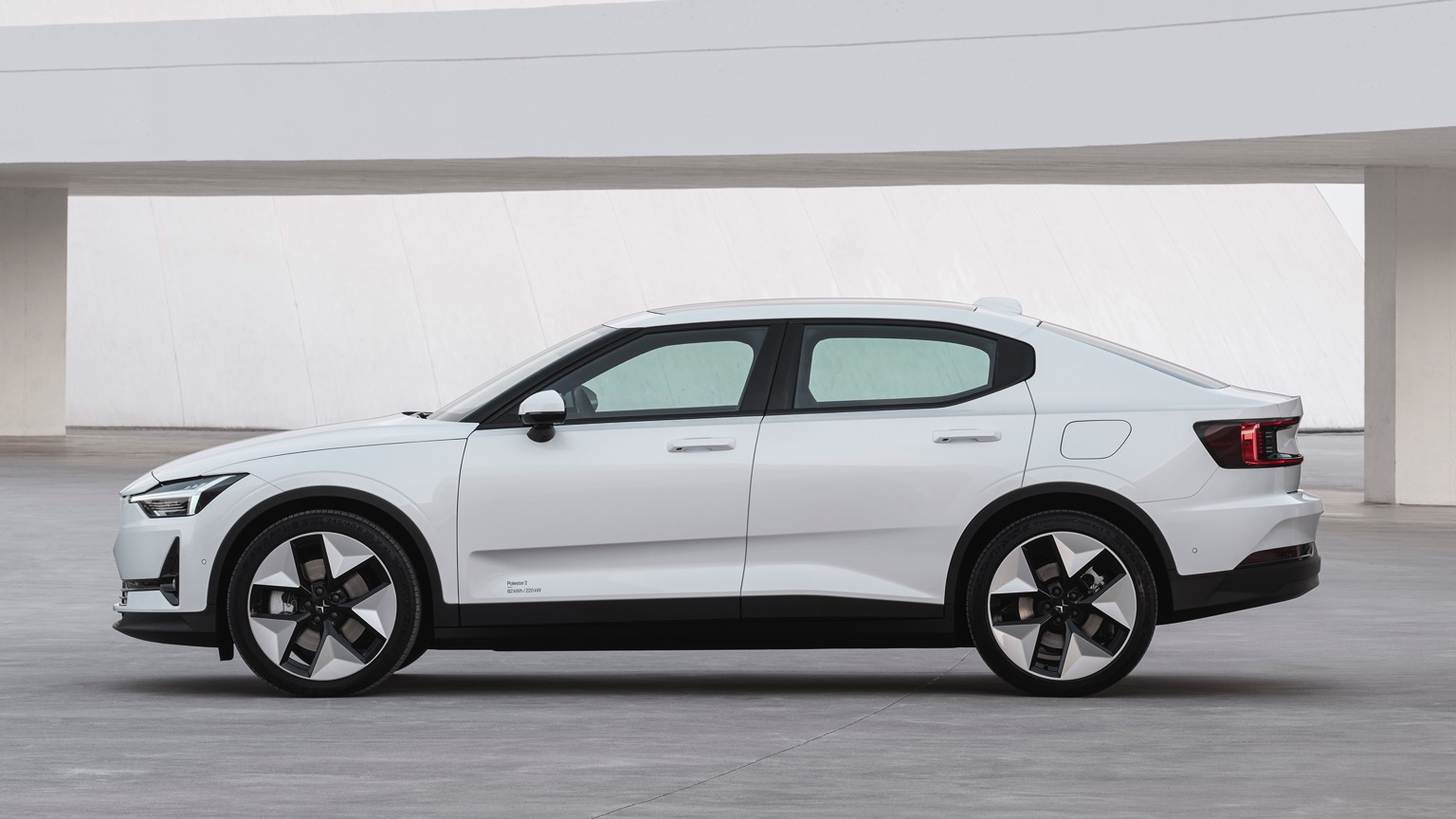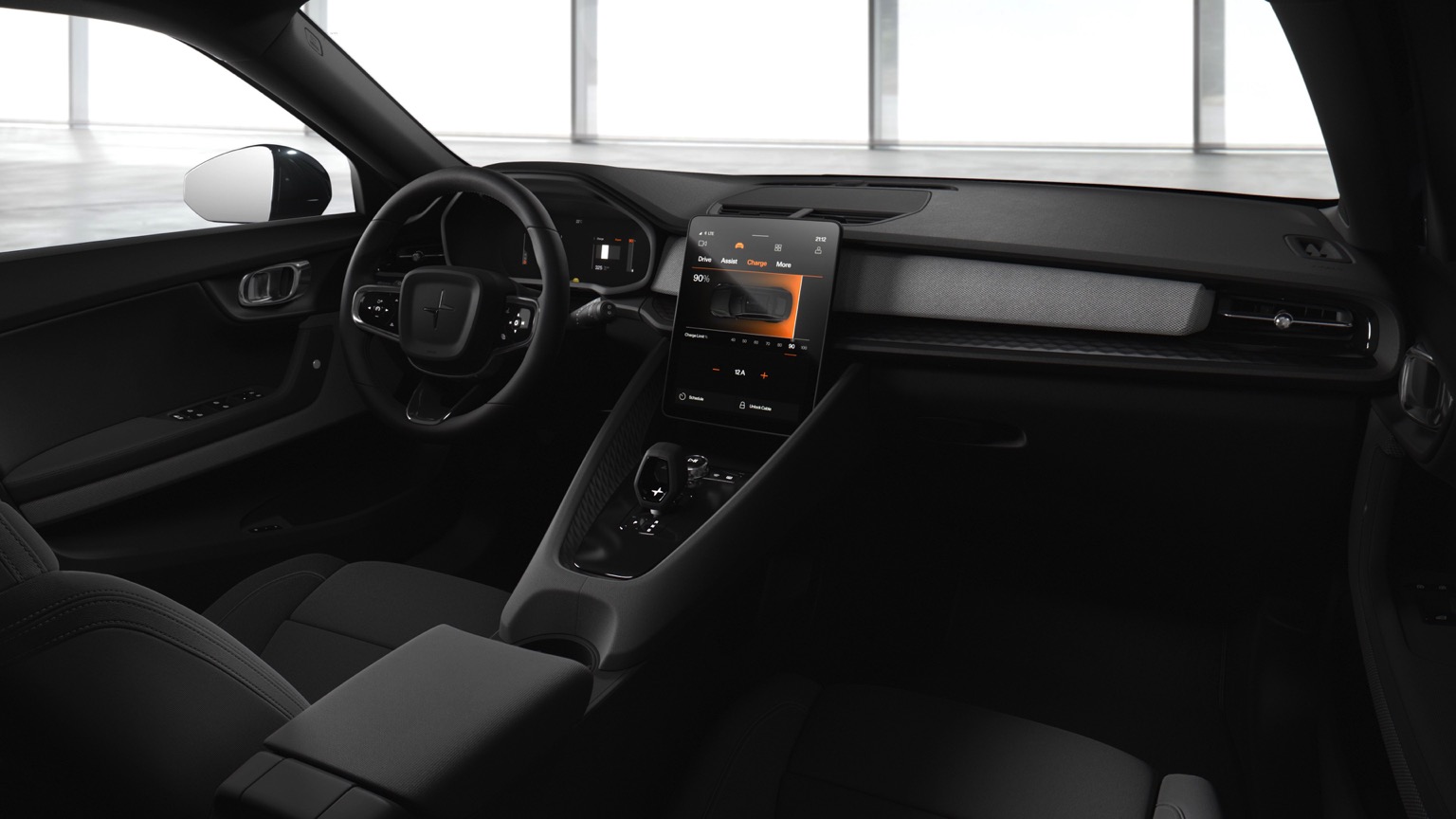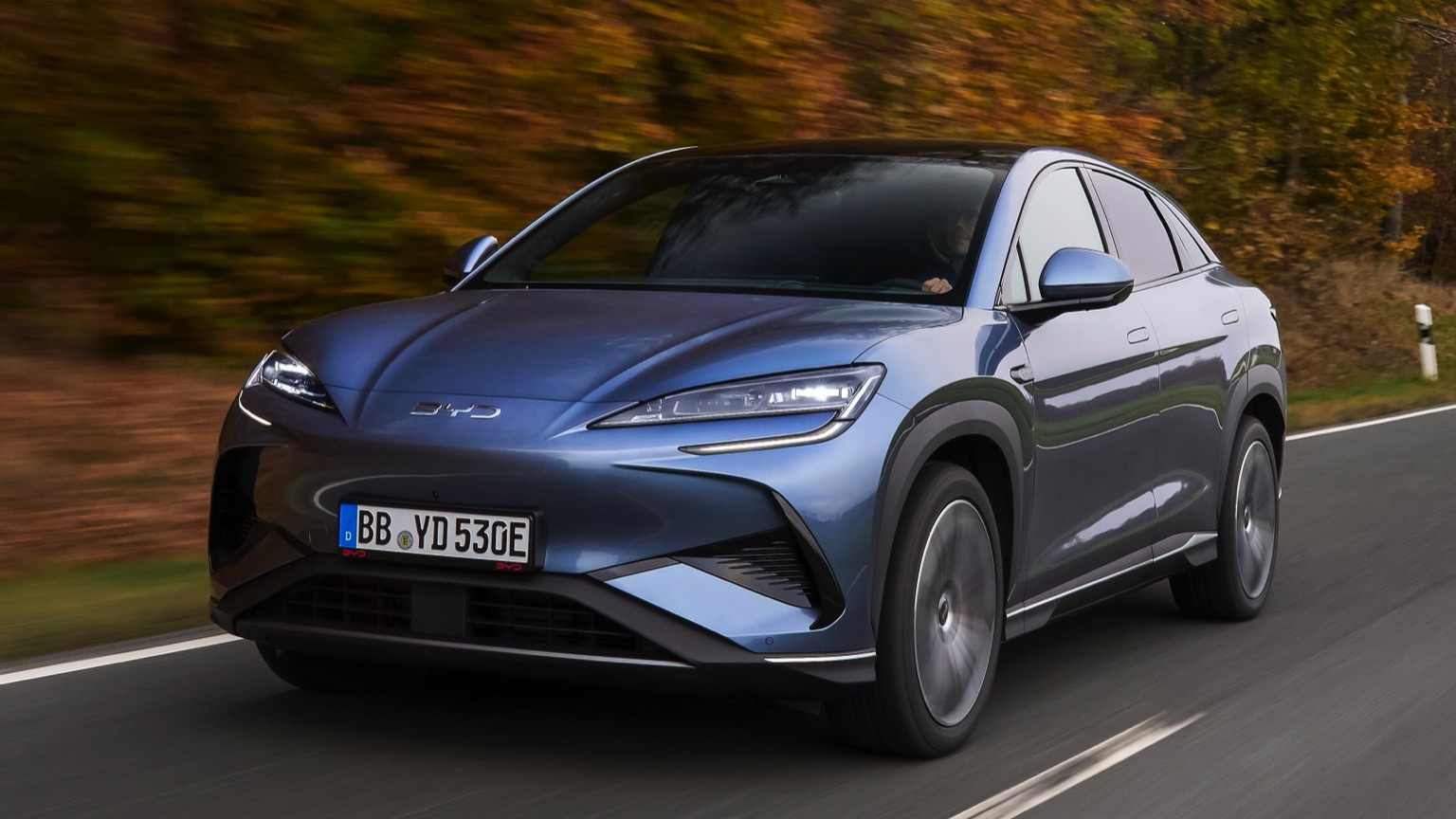Driving Range
In short, how many miles you can travel on a full charge. Is length important? Let’s not open that can of worms…
Efficiency
How many kWh of charge are needed to travel a set distance. The fewer needed, the more efficient your EV is. Easy!
Battery
The bigger the battery, the more power it can hold. In essence, fewer stops needed to top up your charge. Ahh, simplicity!
Top Speed
The maximum speed you can reach with your foot pressed hard to the floor. Important when escaping a zombie apocalypse, we assume.
Seats
Well, you don’t want to have to leave anybody at home… or do you?
Body
From stylish SUVs and compact crossovers, to curvaceous coupes and handy hatchbacks, there’s a perfect shape for everyone!
Isofix
The safe way to attach a child seat. Typically, these are hidden in the join between the back seats, alongside the crumbs from your last meal deal.
Safety Rating
A measure that considers the amount of safety kit installed, how a vehicle performs in crash testing and how safe it is for both pedestrians and cyclists.
| City - Cold Weather | 270 miles |
| Highway - Cold Weather | 205 miles |
| Combined - Cold Weather | 235 miles |
| City - Mild Weather | 410 miles |
| Highway - Mild Weather | 265 miles |
| Combined - Mild Weather | 325 miles |
Indication of real-world range in several situations. Cold weather: 'worst-case' based on -10°C and use of heating. Mild weather: 'best-case' based on 23°C and no use of A/C. For 'Highway' figures a constant speed of 110 km/h is assumed. The actual range will depend on speed, style of driving, weather and route conditions.
| Charge Port | Type 2 |
| Port Location | Left Side - Rear |
| Charge Power | 11 KW AC |
| Charge Time | 8hr 30m |
| Charge Speed | 34 mph |
| Fastcharge Port | CCS |
| FC Port Location | Left Side - Rear |
| Fastcharge Power (max) | 205 |
| Fastcharge Time | 28m |
| Fastcharge Speed | 420 mph |
General Charging (0 - 100%)
Charging is possible by using a regular wall plug or a charging station. Public charging is always done through a charging station. How fast the EV can charge depends on the charging station (EVSE) used and the maximum charging capacity of the EV
| Charging Point:Charging Point | Power:Power | Time:Time |
|---|---|---|
| Charging Point:Wall Plug | Power:2.3 kW | Time:40hr 30m |
| Charging Point:1-Phase 16A | Power:3.68 kW | Time:25hr 15m |
| Charging Point:1-Phase 32A | Power:7.36 kW | Time:12hr 45m |
| Charging Point:3-Phase 16A | Power:3.68 kW | Time:8hr 30m |
| Charging Point:3-Phase 32A | Power:7.36 kW | Time:8hr 30m |
Rapid Charging (10 - 80%)
Rapid charging enables longer journeys by adding as much range as possible in the shortest amount of time. Charging power will decrease significantly after 80% state-of-charge (SoC) has been reached.
| Charging Point:Charging Point | Average Power:Average Power | Time:Time |
|---|---|---|
| Charging Point:CCS 50 | Average Power:50 kW | Time:1hr 10m |
| Charging Point:CCS 100 | Average Power:85 kW | Time: 41m |
| Charging Point:CCS 150 | Average Power:105 kW | Time: 33m |
| Charging Point:CCS 175 | Average Power:115 kW | Time: 30m |
| Charging Point:CCS 350 | Average Power:125 kW | Time: 28m |
| EVDB Real Range | 285 miles |
| EVDB Vehicle Consumption | 277 Wh/mi |
| EVDB CO2 Emissions | 0 g/mi |
| EVDB Vehicle Fuel Equivalent | 1.46 l/100mi |
| WLTP Real Range | 370 miles |
| WLTP Rated Consumption | 25.4 Wh/mi |
| WLTP Vehicle Consumption | 21.3 Wh/mi |
| WLTP CO2 Emissions | 0 g/mi |
| WLTP Rated Fuel Equivalent | 1.59 l/100mi |
| WLTP Vehicle Fuel Equivalent | 1.9 l/100mi |
| Acceleration 0 - 100 km/h | 4.5 sec |
| Top Speed | 127 mph |
| Electric Range* | 285 miles |
| Total Power* | 310 kWh |
| Total Torque* | 740 Nm |
| Drive | AWD |
| Safety Rating | |
| Rating Year | 2021 |
| Adult Occupant | 93% |
| Child Occupant | 89% |
| Vulnerable Road Users | 80% |
| Safety Assist | 83% |
For more details on the safety rating of this vehicle, visit euroncap.com
| Nominal Capacity | 82 kWh |
| Battery Type | Lithium-ion |
| Number of Cells | 108 |
| Architecture | 400 V |
| Useable Capacity | 79 kWh |
| Cathode Material | NCM |
| Pack Configuration | 108s3p |
| Nominal Voltage | 400 V |
| Length | 4606 mm |
| Width | 1859 mm |
| Width (with mirrors) | 1985 mm |
| Height | 1479 mm |
| Wheelbase | 2735 mm |
| Weight Unladen (EU) | 2175 kg |
| Gross Vehicle Weight (GVWR) | N/A |
| Max. Payload | N/A |
| Cargo Volume | 407 L |
| Cargo Volume (Max) | 1097 L |
| Cargo Volume Frunk | 41 L |
| Roof Load | 75 kg |
| Tow Hitch Possible | Yes |
| Towing Weight Unbraked | 750 kg |
| Towing Weight Braked | 1500 kg |
| Vertical Load Max | 90 kg |
| Seats | 5 |
| Isofix | Yes, 3 seats |
| Turning Circle | 11.5m |
| Platform | Volvo CMA |
| Car Body | Liftback Saloon |
| Segment | D |
| Roof Rails | No |
| EV Dedicated Platform | No |
* = estimated value. Average energy consumption and range based on moderate drive style and climate. Real-life values may differ significantly. Pricing information might not be actual for some regions. No rights can be derived from the information on this site.

Polestar 2 Long Range Dual Motor Charging Guide
In a world where the automotive industry is undergoing a transformative shift towards sustainability and electrification, the Polestar 2 emerges as a beacon of innovation and sophistication. This remarkable electric vehicle not only challenges conventional norms but also redefines what it means to drive an electric car.
At the heart of the Polestar 2 is a commitment to harmonising electric elegance with performance excellence. Its sleek Scandinavian design is a testament to the brand’s minimalist yet striking aesthetic, offering a refined exterior that effortlessly blends form and function. With clean lines, sculpted contours, and an unmistakable presence, the Polestar 2 makes a bold statement on the road, showcasing the future of automotive design.

Can I charge the Polestar 2 Long Range Dual Motor at home?
Yes! Charging your Polestar 2 Long Range Dual Motor electric vehicle at home provides a cost-effective and sustainable solution. With some EV chargers, such as zappi, you can harness the power of your home’s resources, including solar panels, to charge your Polestar 2 and maintain an environmentally conscious approach to EV ownership.
EV owners can also opt for specific EV charging tariffs such as Octopus Go or Octopus Intelligent energy tariffs, you can reap the benefits of reduced off-peak rates which make owning your Polestar 2 even better value.
How long does it take to charge the Polestar 2 Long Range Dual Motor?
10 hours 42 minutes*
*Using a standard 7kWh charger, such as zappi it would take 10 hours and 42 minutes to fully charge your 75kWh battery. The Polestar 2 also has the capability to be charged on the 22kWh zappi, which would reduce this charging time down to 8 hours and 15 minutes.
What is the range of the Polestar 2 Long Range Dual Motor?
240 miles**The range of the Polestar 2 with the 75kWh battery, differs between 175 miles and 350 miles depending on your driving conditions and the type of road. Typically, the average range from a full charge will be around 240 miles.
How much does it cost to charge the Polestar 2 Long Range Dual Motor?
£5.63**It could cost just £5.63 to charge the Polestar 2, with the 75kWh battery, when fully utilising off-peak charging on an Octopus Intelligent tariff, at 0.075p/kWh. In contrast, peak charging on a standard rate of 0.34p/kWh can cost £25.50 to charge up.

How much is the Polestar 2 Long Range Dual Motor?
With a price range starting from £49,550* for the basic model and climbing to £69,025* for the top of the range with all the added extras, it’s pretty cheap in comparison to other brands of a similar standard.
With its parent company, Volvo, scoring much higher in reliability than Tesla and an incredible 5-star NCAP safety score the Polestar 2 seems like a steal.
*Prices correct as of November 2023.

Who makes Polestar vehicles?
Although Volvo is the official parent company of Polestar, they are a standalone Swedish electric vehicle manufacturer.
Initially, Polestar was destined to rival the Mercedes AMG as a performance brand but Volvo cleverly chose to redirect its vision to create a separate brand focused on sustainability.
Similar Electric Vehicles






















